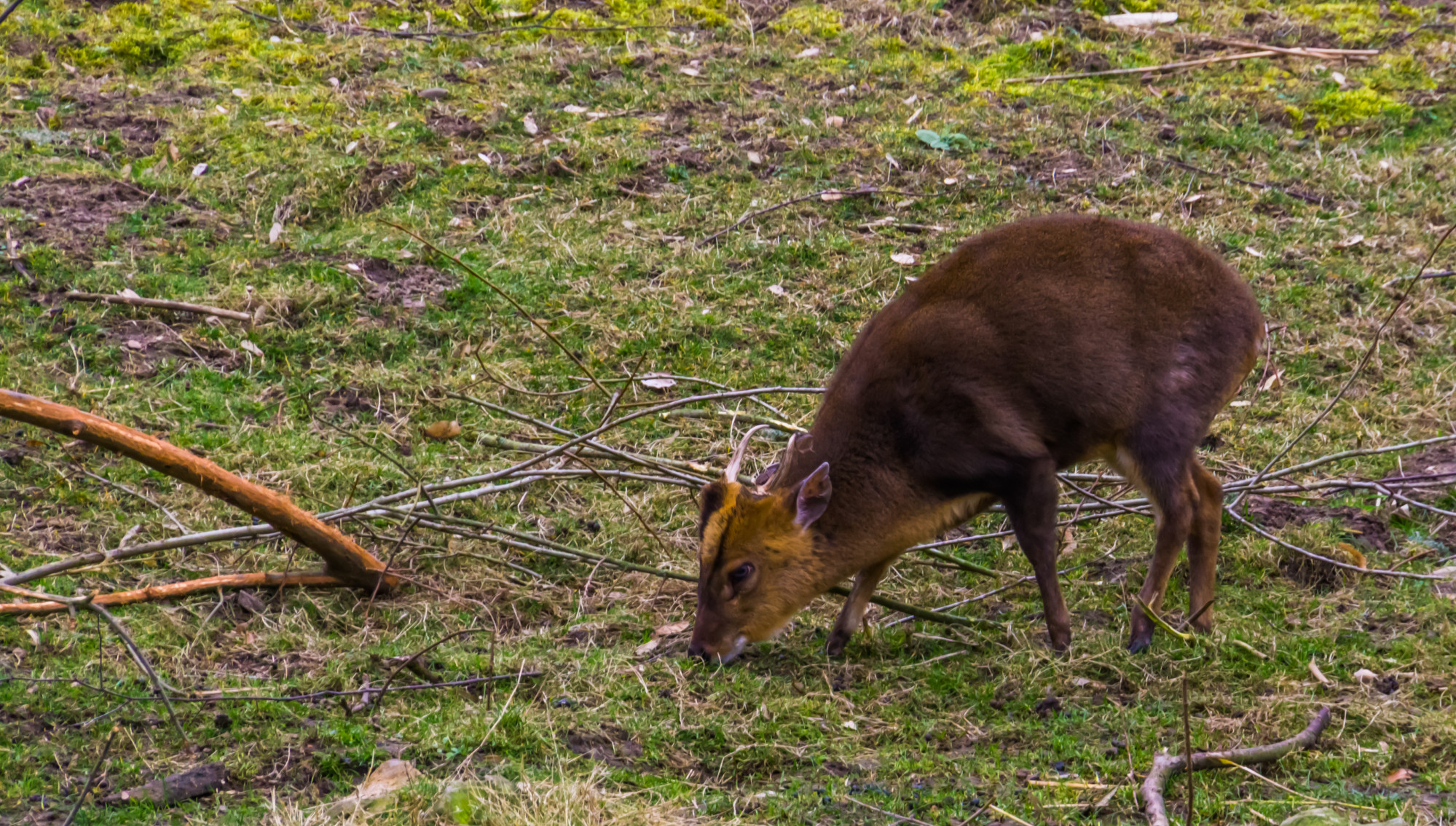Japanese island’s ‘barking deers’ annoy residents, survive culling efforts costing millions
These animals are not as threatening to humans as bears and rarely draw national attention. They are a species of deer but not adored like the one at the world-famous Nara Park, either.
Damage to crops and the ecosystem has been substantial and the local governments concerned are striving to ultimately eradicate the species, or “kyon” in Japanese – a seemingly far-fetched goal.
One of muntjacs’ main habitats is Izu Oshima, the biggest of the Izu Islands located around 100km southwest of Tokyo, where the muntjac population outnumbered the 7,000 or so inhabitants by almost a factor of three at one point.
Chinese imports of Japanese carp halt after authorities fail to renew paperwork
Chinese imports of Japanese carp halt after authorities fail to renew paperwork
On a recent walk in Izu Oshima’s Motomachi district, where the town hall is located, barking noises pierced the night air to the dismay of many residents.
“They look cute but have a bark like an old man’s,” a male resident in his 40s said. “They are noisy and wake us up at night. I often hear of collisions between muntjacs and vehicles.”
Muntjacs stand about half a metre at the shoulder. They are also called “barking deer” because of their harsh braying sounds.
They first appeared on the island as zoo animals, but it is believed that a dozen or so of them escaped through a fence that was blown down by a typhoon in 1970. The deer went feral and, with their high fertility rate, spread quickly and widely.
Muntjacs are omnivores and eat plants including ashitaba, a species of flowering plant in the carrot family, and sakuyuri, a type of lily indigenous to the Izu Islands.
Baffled by damage caused by muntjacs, the Tokyo Metropolitan Government, which has jurisdiction over the islands, began culling them in 2007. In recent years, it has invested nearly 1 billion yen (US$6.6 million) annually in the efforts, including using drones to search for the animals.
It had been culling almost 1,000 of them per year but because they were reproducing at a rate outpacing that figure, there were some 19,500 muntjacs on Izu Oshima by 2019, up from around 4,500 in 2006, according to an official of the Tokyo government.
Its annual budget to deal with the muntjac-related problems rose from the initial figures of tens of millions of yen to more than 100 million yen in fiscal 2016.
Around 700 to 900 million yen has been appropriated annually in the last five years, with money also going on setting up nets, cages and other traps and adopting a method for hunters to drive the animals into fence-enclosed areas.
Bear attacks up in Japan as climate change pushes them out of natural habitats
Bear attacks up in Japan as climate change pushes them out of natural habitats
The population of muntjacs has finally begun to decline, thanks to the capture of around 5,000 of them a year since fiscal 2020. Nonetheless, there were still as many as 17,000 at the end of 2022.
To enhance capturing efforts, Sohgo Security Services Co, the security service company known as ALSOK, began the use of drones in October to find muntjacs on behalf of the metropolitan government.
On one week each month, infrared camera-equipped drones detect the heat source of muntjacs hidden in grassy areas from above and inform hunters of their whereabouts.
With the animal treated as an expensive foodstuff in Taiwan, a panel of experts set up by the Tokyo government discussed the prospect of using the culled animals for venison. But panel members were cautious, saying the objective of preserving the ecosystem should not be downplayed.

The effects of capturing muntjacs have begun to show “at long last”, said Motoi Sato, an official responsible for wildlife at the metropolitan government. “But because their damage to crops remains serious, we will increase our efforts to root them out as early as possible.”
Elsewhere in Japan, the propagation of muntjacs is also a serious problem on the Boso Peninsula in Chiba Prefecture, near Tokyo, where the number of the deer species more than doubled in the past decade to 71,500 in fiscal 2022, according to the prefectural government.
Like the case of Izu Oshima, the issue in Chiba reportedly originated from an escape from a leisure facility – in the 1980s.



